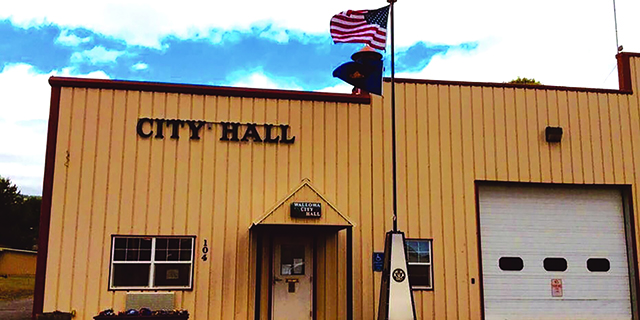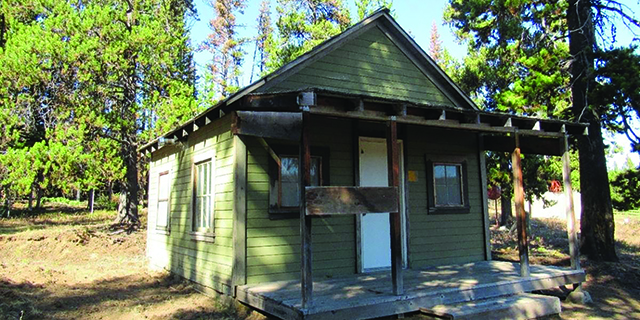Preventing food borne illnesses at lunch
Published 10:30 am Tuesday, September 26, 2017

- Ann Bloom
Food poisoning and other food borne illnesses no fun, and a child’s sack lunch is a common breeding ground for the bacteria that causes food poisoning. Food poisoning, often caused by the salmonella bacteria, can rapidly change a food from healthy to unhealthy in a few hours.
The unhealthy temperature range to promote bacteria is between 40 and 140 degrees. Bacteria on food cannot be seen, smelled or tasted. Symptoms of food poisoning are nausea, vomiting and diarrhea and usually occur 24 to 72 hours after exposure to the bacteria-laden food.
Trending
Food poisoning is easily preventable, though, by following the four steps outlined by the USDA –– Clean, Separate, Cook and Chill.
Always wash your hands before preparing your child’s lunch. Encourage your child to wash his or her hands before and after lunch. If running water is not available, pack antiseptic wipes in their lunch. Wash all surfaces where food is prepared and use clean utensils. It is also a good idea to wash all fruits and vegetables before eating or cutting them.
Cross contamination is easy when you’re in a hurry to make a lunch and get everyone out the door to school on time. Cross contamination happens when the same utensils used for raw meat, poultry or eggs are used for other foods such as fruits and vegetables.
The bacteria from the meat is transferred on the utensil to the other foods, contaminating them. Use a separate knife for meat and another for other foods. Never place food on a plate that had raw meat on it.
Always cook meat until it reaches a safe minimum internal temperature needed to destroy harmful bacteria. Using a food thermometer will insure this happens. Temperatures vary from meat to meat, from a low of 145 degrees for most meats, to a high of 165 degrees for poultry.
Discard food left at room temperature for more than two hours, one hour if the temperature is above 90 degrees.
Trending
The following tips will help your child stay well during school lunch time.
• If packing perishable lunch items such as meat, cheese or yogurt, use two types of freezer sources. A frozen juice box can count as one and will be thawed by lunch time; a cold pack is another source.
• When packing hot lunch items, use an insulated container such as a Thermos-brand product. Fill it with hot water and let it set for 20 minutes prior to filling with a hot soup or chili. Remind children to keep the lid on until it is ready to eat, thus keeping the food hot.
• Packing lunches the night before can be a real time saver, but remember to leave them in the refrigerator and not on the counter. Refrigerating overnight will ensure the food is cold prior to putting it in the sack or lunch box, allowing it to stay cold longer.
With these tips in mind your child will have a safe and healthy lunch experience throughout the year.
Ann Bloom is a nutrition program assistant for the OSU Extension Service in Wallowa County. She can be contacted at 541-426-3143.









